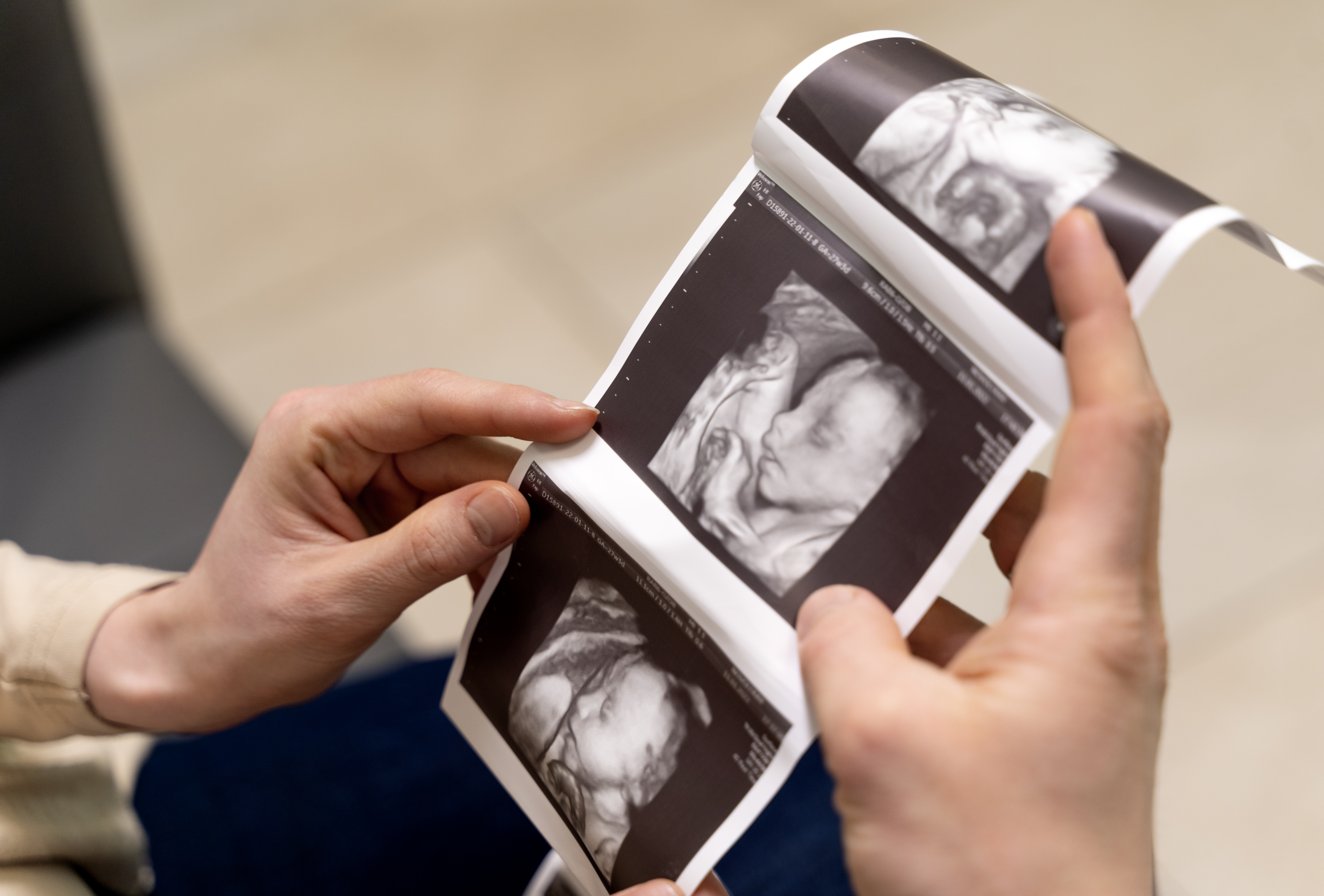How Accurate Are Gender Scans? Everything You Need to Know

Strong 8k brings an ultra-HD IPTV experience to your living room and your pocket.
For many expectant parents, learning the sex of their baby is one of the most exciting milestones during pregnancy. Gender scans, also referred to as fetal sex determination scans, are a common part of the prenatal journey, and with growing demand for early insights, it's natural to ask: How accurate are gender scans? In this blog, we’ll take a professional and detailed look at the science, timing, influencing factors, and common myths surrounding gender scans.
What Is a Gender Scan?
A gender scan is an ultrasound procedure that identifies whether a developing fetus is biologically male or female. This is typically done by visualizing the genital area during a mid-pregnancy ultrasound, although newer methods allow for earlier assessment.
These scans are usually carried out using 2D ultrasound technology but can also involve 3D or 4D imaging for more detailed visuals. While many parents opt for gender scans out of curiosity or for planning purposes, it’s important to understand that the scan is only as accurate as the conditions under which it’s performed.
When Can a Gender Scan Be Performed?
The timing of the scan significantly affects the accuracy of results. The sex of the baby is genetically determined at conception, but it takes time for the physical characteristics to develop and become visible via ultrasound.
12–13 Weeks: At this point, some clinics offer early scans using the nub theory, which evaluates the angle of the genital tubercle. While interesting, this method is not guaranteed and usually offers an accuracy rate of 70–80%.
16–20 Weeks: This is the ideal window for a gender scan using ultrasound. By this time, the external genitalia is well-formed and distinguishable. When performed by an experienced sonographer, the accuracy rate can reach 95–99%.
After 20 Weeks: In standard NHS antenatal care, the 20-week anomaly scan includes a routine check of the baby’s anatomy and may also reveal the sex if requested. At this stage, accuracy is at its highest, assuming the baby is in a favorable position.
Factors That Influence Accuracy
Several factors affect whether a gender scan will provide accurate results. Even in the hands of a skilled sonographer, some variables are beyond control:
1. Gestational Age
Performing the scan too early can result in unclear visuals or underdeveloped genitalia, leading to inconclusive or inaccurate readings.
2. Fetal Position
If the baby is curled up, facing away, or has its legs crossed, visualizing the genital area may be difficult. In such cases, the sonographer may ask the mother to walk around or return for a follow-up scan.
3. Amniotic Fluid Levels
Ample fluid around the baby enhances visibility and helps the ultrasound waves create clearer images.
4. Maternal Factors
A high body mass index (BMI) can affect the quality of ultrasound images due to increased tissue between the transducer and the fetus.
5. Equipment Quality
Modern, high-resolution ultrasound machines provide better imagery and, therefore, better diagnostic capability. Private clinics with advanced scanning technology typically yield higher accuracy rates.
The Role of the Sonographer
A qualified and experienced sonographer plays a central role in the accuracy of a gender scan. Their expertise in interpreting fetal anatomy and working with various scanning angles can make a substantial difference. In many private clinics, practitioners are trained to prioritize precision and may decline to provide a determination if the conditions aren’t ideal.
Can Mistakes Happen?
Yes, though rare, mistakes in gender determination do occur. The most common misidentifications include:
- Mistaking the umbilical cord for male genitalia
- Misinterpreting a poorly formed or shadowed image
- Ambiguity in cases of complex genital anomalies or intersex conditions
In clinical settings, professionals are trained to communicate clearly if the scan is inconclusive or if uncertainty exists. Some clinics also offer a free re-scan if the baby’s position prevents accurate assessment during the initial appointment.
Are Blood Tests More Accurate?
Non-invasive prenatal testing (NIPT), which analyses fetal DNA from a maternal blood sample, can determine the sex of the baby as early as 10 weeks with more than 99% accuracy. However, this test is primarily designed to screen for chromosomal abnormalities such as Down syndrome. The gender result is a secondary benefit and is not available through routine NHS screening, but can be accessed via private healthcare providers.
Should You Rely Solely on a Gender Scan?
While ultrasound scans are remarkably advanced, it’s wise to approach gender determination with reasonable expectations. The scan provides a strong indication rather than a 100% guarantee. If you're making significant preparations — such as buying gender-specific items or planning gender reveal events — it's best to wait until confirmation from a later-stage scan or consider combining ultrasound with blood-based testing.
In some regions, expectant parents opt for an early gender scan in Gloucester to receive a more personalized experience outside standard NHS appointments. These scans often include added time for bonding, video recordings, and a relaxed atmosphere, which may contribute to better results.
Ethical and Cultural Considerations
In the UK, gender scans are legal and widely available through both public and private healthcare services. However, it’s important to acknowledge that in some countries, revealing fetal sex is restricted due to concerns over sex-selective practices. In professional UK clinics, the focus is on providing accurate information in a safe, ethical environment.
Additionally, healthcare providers take steps to ensure that parents understand the limitations of the scan and may offer follow-ups if clarity is not achieved in the first session.
Benefits Beyond Gender Identification
Even though the main focus of the scan is to determine sex, many private clinics include a well-being check as part of the session. This can involve:
- Verifying the baby’s heartbeat
- Checking fetal movement
- Observing placental placement
- Measuring amniotic fluid levels
Thus, even if the gender cannot be determined, the session still provides valuable insight into the baby’s general health.
Parents who book an early gender scan in Gloucester or nearby areas often appreciate the additional emotional reassurance that comes with seeing their baby moving in real time.
Conclusion
Gender scans offer a safe and generally reliable way to find out the sex of your baby. When timed correctly — usually after 16 weeks — and performed by skilled professionals using high-quality equipment, their accuracy is remarkably high. However, the process is not foolproof and should be approached with informed expectations.
If knowing the baby’s sex is important to you, combine your decision with professional advice, and consider supplemental methods like NIPT where appropriate. Whether you're simply curious or planning, understanding the scope and limitations of a gender scan helps ensure a positive and meaningful experience during your pregnancy journey.
Note: IndiBlogHub features both user-submitted and editorial content. We do not verify third-party contributions. Read our Disclaimer and Privacy Policyfor details.


